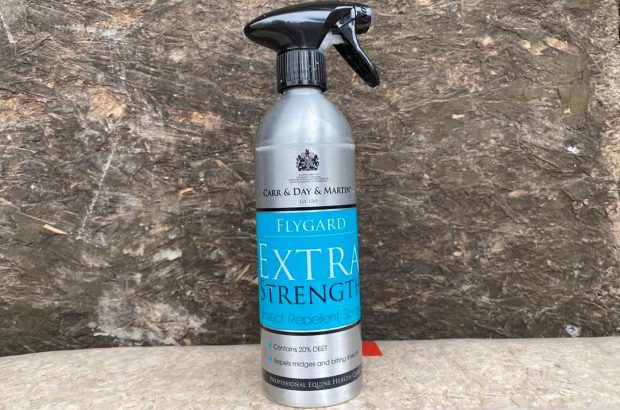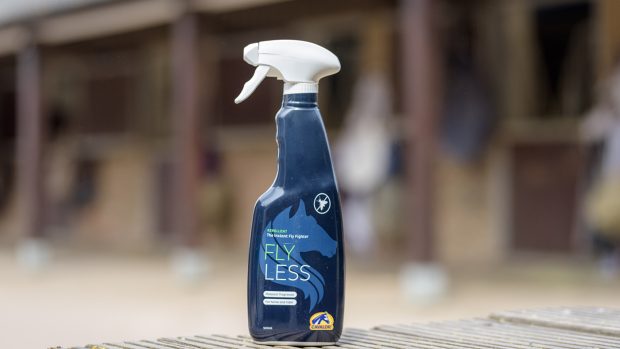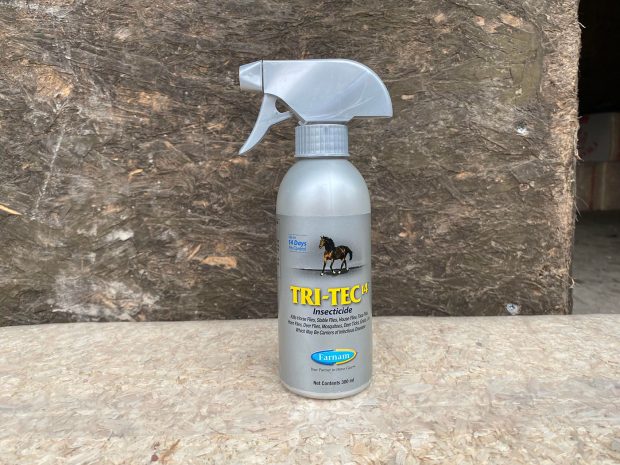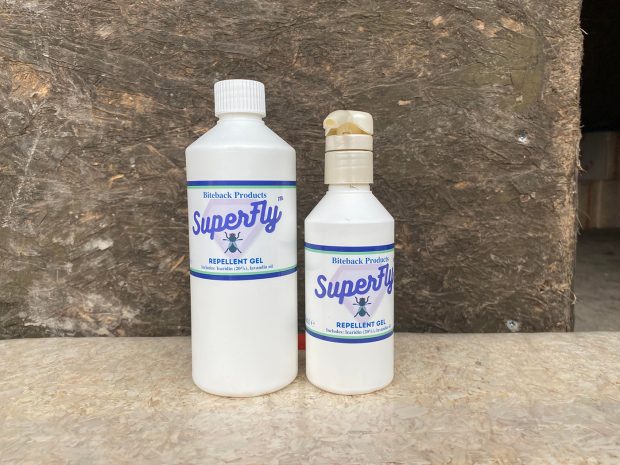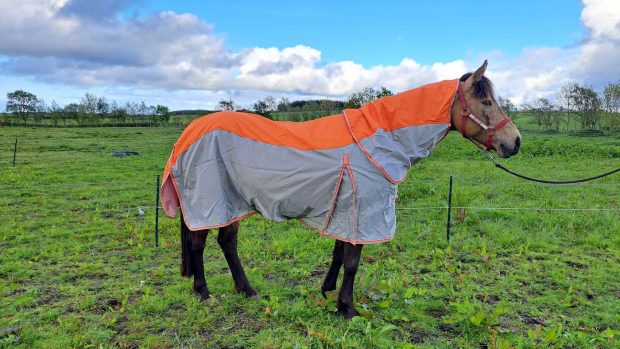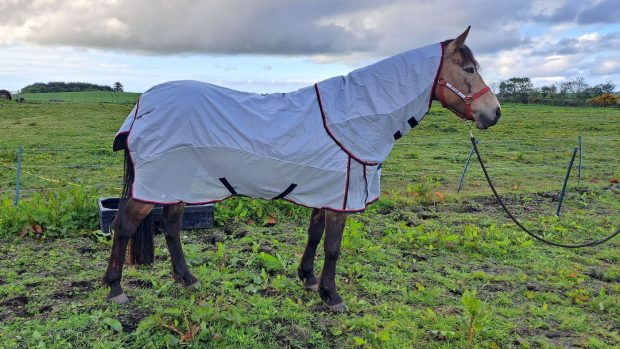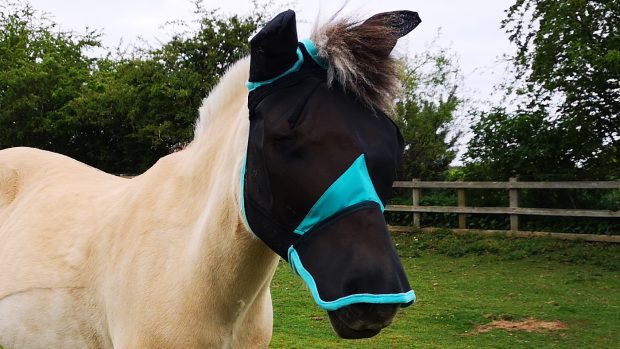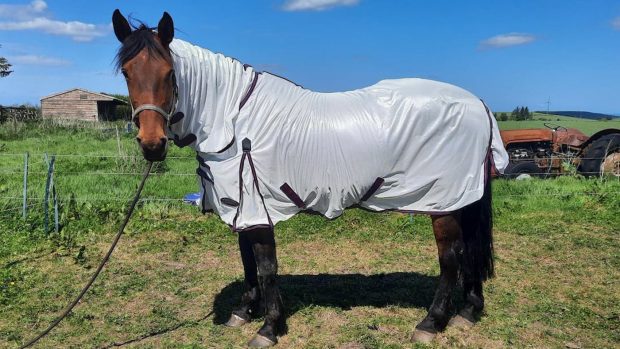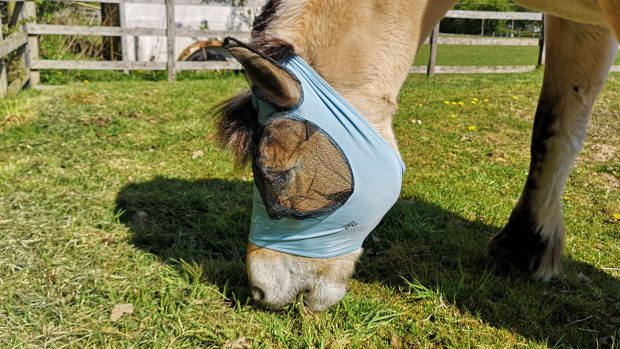Protecting your horse from flies
The latest advice on protecting your horse from flies, including information about new products and supplements, and Horse & Hound’s expert reviews
Every horse owner looks forward to summer, but when it rolls round, it brings with it that irritating problem— flies.
Horse flies feed on blood and can inflict a nasty bite. Your horse may become agitated trying to kick a fly on his legs or belly or swat it with his tail.
Flies also congregate in the corner of horse’s eyes to drink the fluid, and as they carry bacteria, this can cause infection. They may also lay eggs on open wounds that hatch out into maggots — a condition known as myiasis, or fly strike. You should contact your vet immediately if you see signs of this.
Some horses suffer badly with sweet itch, an allergic response to Culicoide midge bites. This results in skin lesions that are aggravated by the horse rubbing them, and many owners find a sweet itch rug is essential for managing the condition.
In summer, it’s wise to invest in a fly rug to protect your horse in the field. These are lightweight and reflective, to keep the sun off and the horse cool, but essentially work by covering his body. Waterproof fly rugs are available, too. You can also get fly masks to protect their eyes, although many horses show a particular talent for removing these!
For ridden work, you may like to try an ear bonnet, fly fringe, or a ride-on fly rugs if your horse is particularly sensitive.
There are also many different fly sprays on the market designed for use with horses, although opinions vary as to how much they actually work. Deet is the most common active ingredient in ‘non natural’ insect repellants.
Some people choose to make their own fly repellents — citronella, cider vinegar and tea tree oil are just some of the commonly used ingredients — but if you compete in affiliated or international competition you need to take care you are not using any prohibited substances on your horse.


